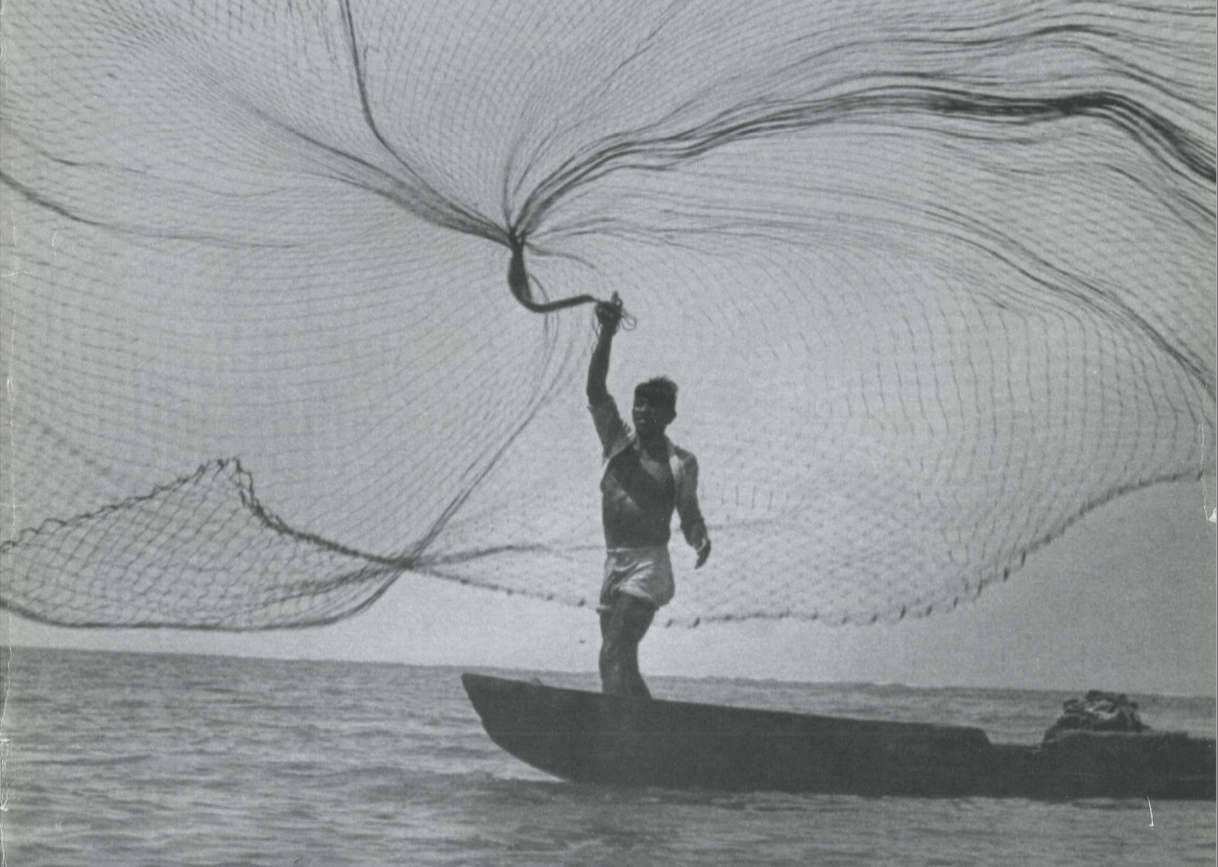
Colombia
Spring 2003 | Volume II, Number 3
Table of Contents
Editor’s Letter →
by June Carolyn Erlick
Guest Introduction
Beyond Armed Actors
Bilingual: The Mobilization of Colombian Civil Society: Towards Peace and Development Program
English + EspañolAs a member of the rather amorphous Colombian civil society, I sometimes ask myself what it is that has moved those of us who belong to private companies, universities, churches, chambers of commerce and other organizations to advocate on behalf of the communities in our region that are being plagued by violence or by poverty. I must turn to the brutal facts such as the Pertinentes publication that Father …
Bilingual: Schools of Forgiveness and Reconciliation: Constructing Peace
English + EspañolThe subject of forgiveness and reconciliation is, in a certain sense, new. In today’s world, a variety of specialists study this subject in different universities. Psychology ignored this subject for a very long time and only recently has begun to give importance to the personal processes of forgiveness and reconciliation. Throughout the years, forgiveness was thought as something upon which priests and churches had …
Bilingual: Foundations for Peace and Development: Through the Looking Glass
English + EspañolSeveral Colombian businesses, with foresight and comprehension of their responsibilities, have been spurred by their country’s harsh reality to develop, support, and/or finance non-profit organizations specialized in assisting the processes that are being constructed from the base of civil society—foundations. For example, foundations such as Actuar Bolívar in Cartagena on the Caribbean coast and …
Education in Colombia: Partnering to Change
In a hotel bar in Medellín a year and a half ago, Governor of Antioquia Guillermo Gaviria, World Bank education specialist Martha Laverde, and Saúl Pineda, the United Nations Development Program (UNDP) regional officer in Antioquia, shared cocktails and contemplated how to improve public education in Colombia. Since the Colombian educational system was decentralized about 20 years ago, local entities have identified …
Civil Society in a Time of Rage: Beyond Armed Actors
Love in 19th century Colombia, writes Gabriel Garcia Marquez, flourished amidst Cholera’s sickness and death. Civil society, many suggest, must now do the same during the country’s current cólera (anger and rage) over widespread violence and armed combat. It is not simply a matter of survival but of increasing civil society’s visibility and effectiveness as combat blurs and subsumes the other widespread causes and patterns of violence …
Breaking the Cycle of Violence Through Education
It’s 10:30 a.m. on a bright and sunny morning in Bogotá. Children in the school El Sauce are enjoying their class break. Many are running around or talking about last night’s T.V. show. But not Alberto, an eight-year-old boy who is sitting by himself (names are fictitious). He looks frightened. He just received a menace from two of his third-grade classmates. He needs to stop giving hugs to Milena, or else the children will hurt him with …
Agrarian Reform in Colombia The Role of Civil Society
It was a typical July day in the Colombian coastal tropics: sweltering heat, glaring sun, and severe humidity. Even in the shade of the big mango tree where I was sitting, my back was moist and sweat trickled down my forehead. Around me the voices of one hundred indignant peasants argued back and forth. They were usuarios, members or literally ‘users’ of the irrigation district, and they were congregated for the third General …
